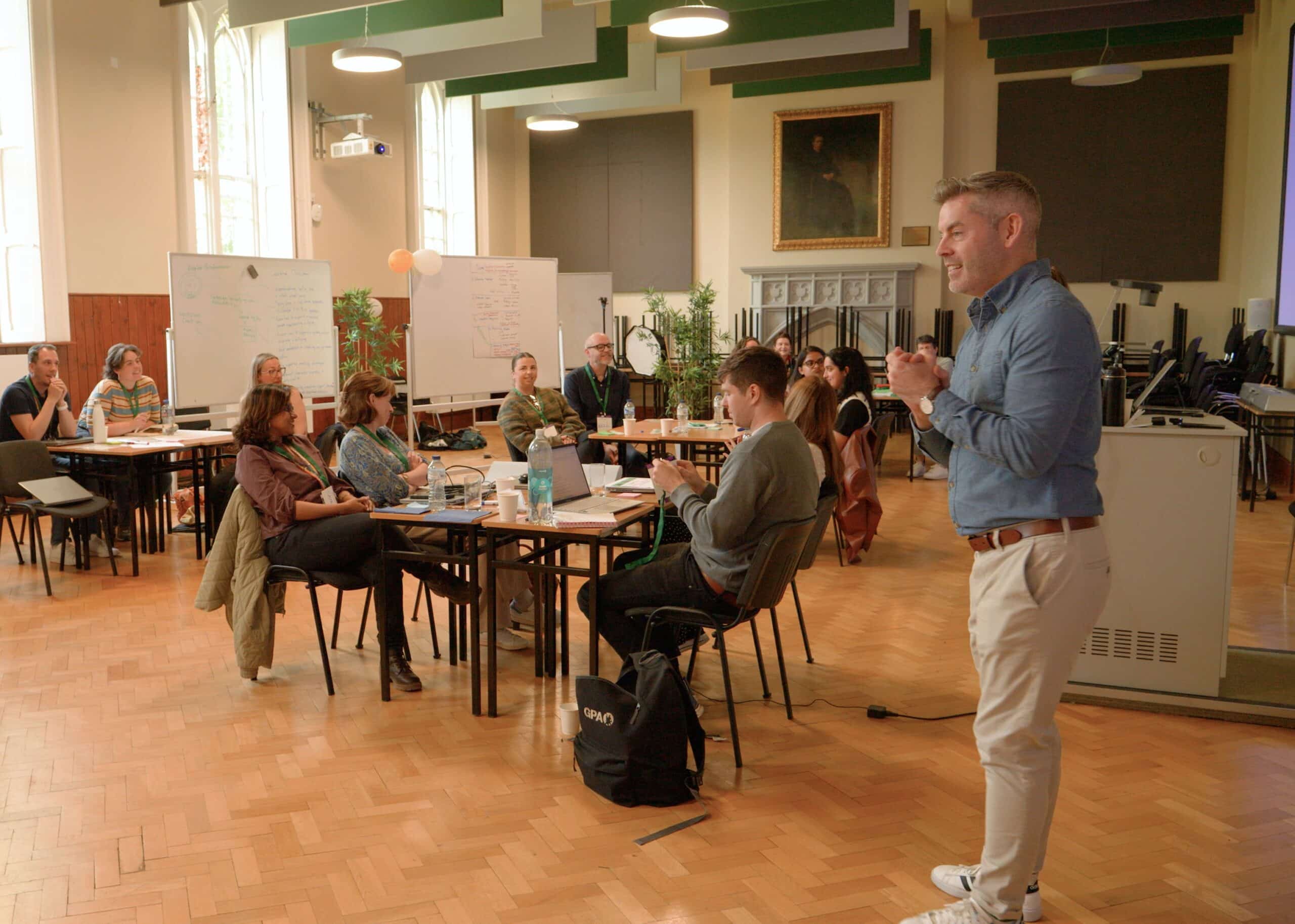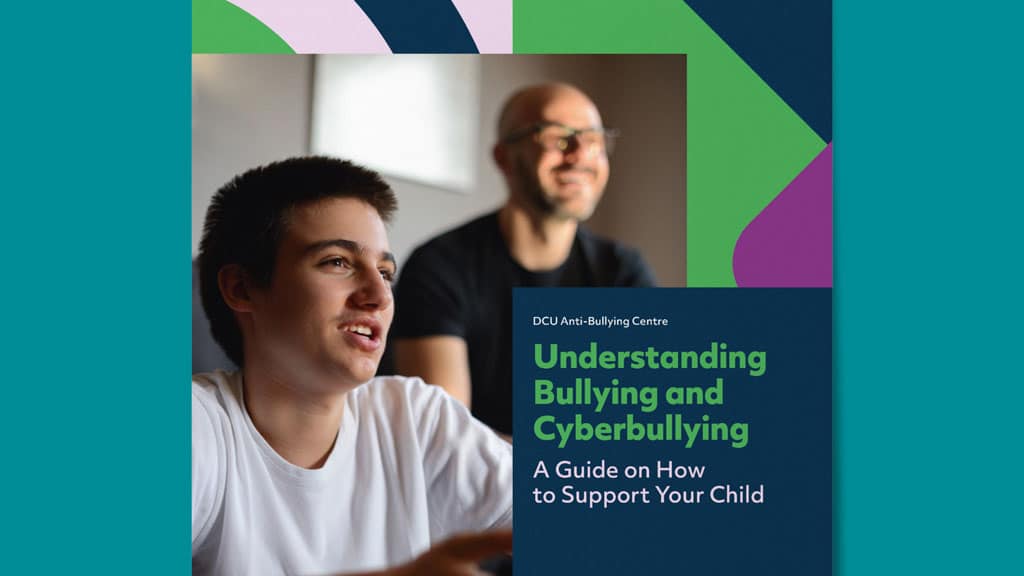
A Guide on How to Support Your Child
A guide for schools, teachers and parents/guardians
DCU Anti-Bullying Centre has launched an evidence based Parent Guide to mark Anti-Bullying Week 2023.
DCU Anti-Bullying Centre has launched an evidence based Parent Guide on how to support your child if they experience or witness bullying or cyberbullying.










